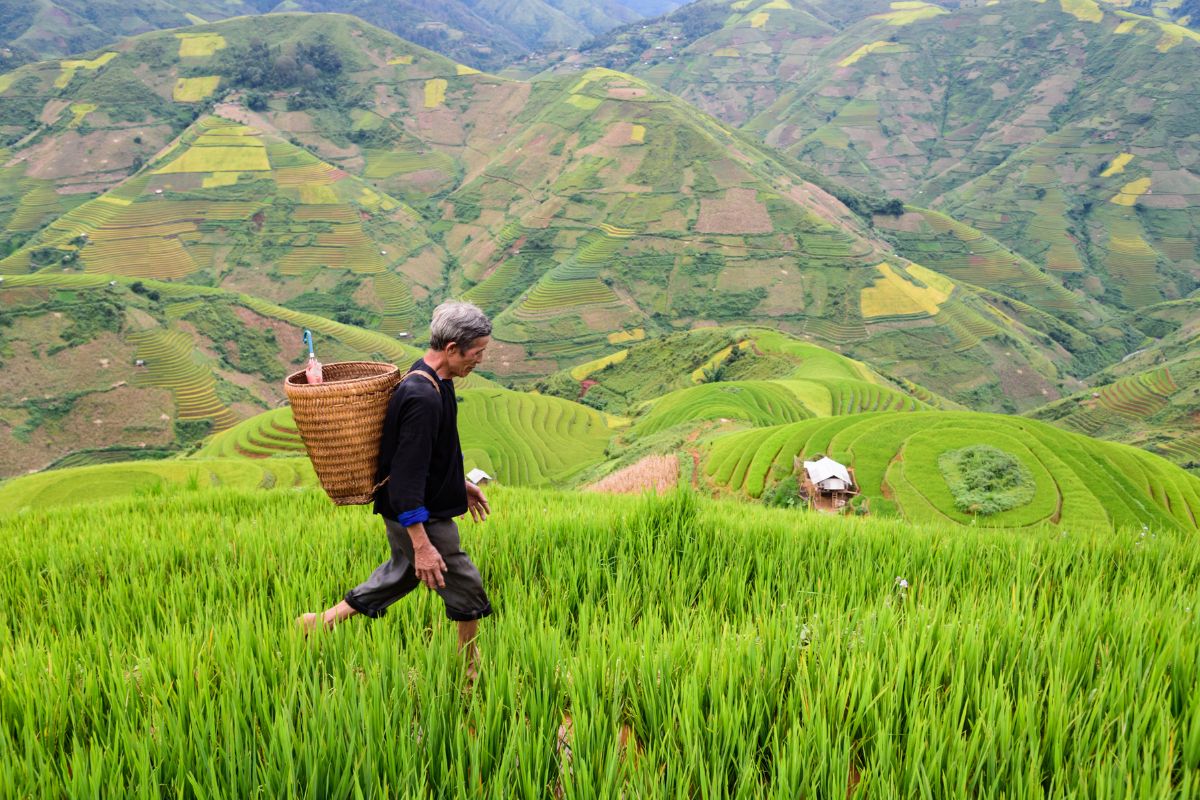In the sprawling landscape of Indian agriculture, where nearly two-thirds of the population depends on farming, the Union government finds itself grappling with a recurring challenge ~ the discontent of protesting farmers. The recent resumption of farmers’ protests, albeit currently contained, unveils a complex web of issues that could disrupt the political equilibrium in the lead-up to the elections.
The heart of the matter lies in India’s convoluted farm policy, a delicate balance between providing affordable food to many among its still predominantly impoverished population and the welfare of the farmers. The colossal annual expenditure on free food grains for over 800 million people is a testament to the government’s commitment to food security. However, this lifeline to consumers inadvertently ties the government to farmers, making it a crucial customer in a system fraught with challenges. The proposed reforms in 2021 sought to untangle this web by liberalising the agricultural sector.
Advertisement
The intention was to empower farmers with greater control over their produce and the ability to navigate market fluctuations through stockpiling. However, the resistance was palpable. Farmers in northern India, benefiting from subsidies and price guarantees, were hesitant, fearing a loss of privileges in the wake of increased competition. Smaller farmers, already grappling with economic uncertainty, dreaded the potential squeeze from larger competitors. Fast forward to 11 February 2024, when farmers from Punjab and Haryana declared another march to Delhi.
Their demand for higher guaranteed prices for all produce, coupled with calls for increased minimum wages and pensions, echoed the unresolved issues from the 2021 protests. The government’s response this time, however, reflected a calculated effort to maintain control from the outset. While critics argue that the government’s firm stance stifles democratic expression, the strategic containment has prevented a recurrence of chaotic scenes witnessed three years ago. The blocking of social media accounts, internet shutdowns, and a robust police presence underline the government’s commitment to avoid a repeat of the Red Fort incident. Yet, beneath the surface, the disquiet among farmers persists.
Rejecting the government’s offer of minimum prices on select crops for five years, the farmers remain resolute. The lack of unity among them, evident in the absence of groups that orchestrated the 2021 protests, may offer temporary relief for the government. Still, it does little to address the root causes of dissatisfaction. As plans for another protest loom in March, coinciding with the anticipated election announcement, the government stands at a critical juncture.
The failure of the attempted overhaul in 2020 continues to cast a shadow, and without a comprehensive solution, the farmers’ grievances are bound to resurface. The government must tread carefully, recognising that these protests, though currently contained, symbolise a persistent headache that demands more than just strategic containment. It requires a substantive, inclusive resolution that addresses the nuanced challenges ingrained in India’s agriculture.









